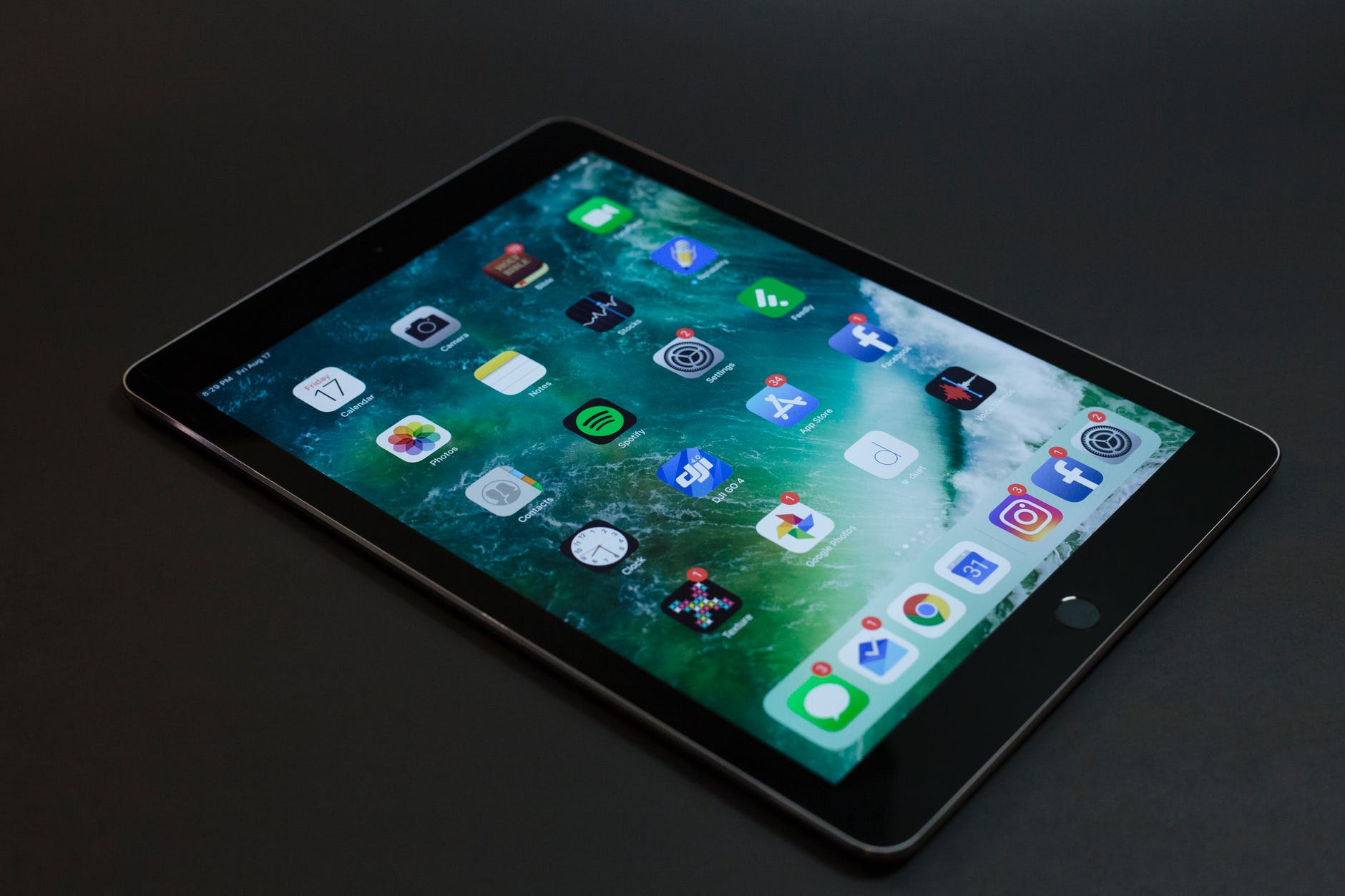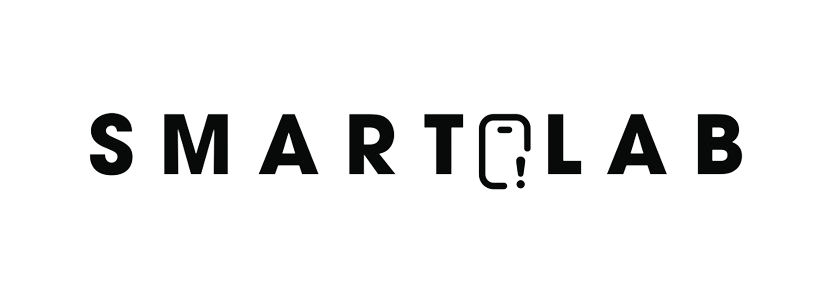
For everyone who likes remote working capabilities Revolutionary iPad Technologies. iPads have become the ultimate best friend for them. That’s to say the iPads have been designed with high-end features that enhance the users’ productivity by multiple folds. However, while resetting the iPad, you must have noticed that iPads have a very captivating and vibrant screen and display.
The latest iPad with the 9.7 inches screen was curated with the in-plane switching display technology. But nobody knows what goes behind this screen technology. So, in this article, we are sharing different screen technologies of iPad to reflect on the fact that Apple outlines cutting-edge technology. So, are you ready to dig in?
The IPS Screen Technology
The IPS Screen technology stands for in-plane switching and was first designed back in 1996. This LCD technology is the brainchild of Hitachi and the prime aim behind the development was a correction of the poor viewing angles. In addition, this technology could fix the color issues with LCD screens. Back in the days, the costs of this screen technology were high that led to the tedious adoption.
With this being said, the IPS screen technology was only curated in the high-end and expensive monitors (yes, the ones used in the corporate and professional sector). Over time, the IPS technology has improved a great deal since the technology has been refined. With the advent of improvement, the costs of screen technology reduced significantly.
With these lower costs, the development and mass-production increased and that’s why Apple has curated the latest IPS technology in the iPad display. This technology has been designed with a 1024 x 768 resolution, along with the LED-backlit screen. With this being said, the iPad was empowered to offer a wide viewing angle (around 178 degrees).
As compared to iPad’s IPS technology, the other tablets have screen technologies with a relatively narrow viewing angle when it comes down to the vertical direction. Consequently, the iPad can be held in a plethora of directions and it won’t impact the viewing angles. This was of great importance to Apple since iPad users change the direction, according to the viewing.
That’s to say because some people use iPads for the casual experience in the living room for watching the movies while some people use the iPads for working, so different viewing angles matter. On the other hand, the other netbooks usually have inferior color quality and the viewing anglers are lower, so the iPad has designed a relatively welcoming change with the curation of IPS technology.
Radar Screen
Apple is the name of the revolution and they have designed cutting-edge technology for different iPads and iPhones for meeting the highest standards of technology. With this being said, the future iPads will have a relatively improved touchscreen system and it has reached the levels of fruition since Apple has filed the patent already.
So, let us take the cat out of the bag and tell you that Apple will curate radar in the screen technology, pretty impressive. When it comes down to the screen technology, the radar technology will revolutionize the capacitive touchscreen. With this new patent, the new touch input will be curated to the touchscreen and surface module.
The radar technology will optimize the user experience and display technology in the iPads and the name of the patent states the detection of touch input to the surface. Consequently, it will be a device that’d be responsible for detecting the touch input to the surface and will be integrated with the radar transmitter.
The transmitter will be responsible for transmitting the electromagnetic radiation of the radio frequency spectrum. This device will also have a radar receiver that will be responsible for receiving the electromagnetic radiations that are reflected by the objects. Even more, this patented device will have a control module that’s computed to receive the information about radiations.
Consequently, the control module will be configured for the detection of touch input to the surface according to the information that receives the electromagnetic radiations. This must be sounding too boring for ready, but when it comes to reality, it will be pretty exciting. In the same way, Google has been working on somewhat similar radar technology.
With the implication of radar technology in the screen. Their capacitive touchscreens will be devised without compromising on the effectiveness or efficiency. As a result, the radar technology implication will result in a thin touch screen at much lower costs. Besides, there will be lower energy consumption with the radar-based touchscreen given the spatial or temporal resolutions. Revolutionary iPad Technologies.
The thin touchscreens of the iPads will result in thin Pads. The internal space will be increased hence larger battery life. Lastly, only if Apple can find a way to reduce the production costs, it will reduce the iPad costs as well. The battery consumption will be efficient, given the power-efficient function.





